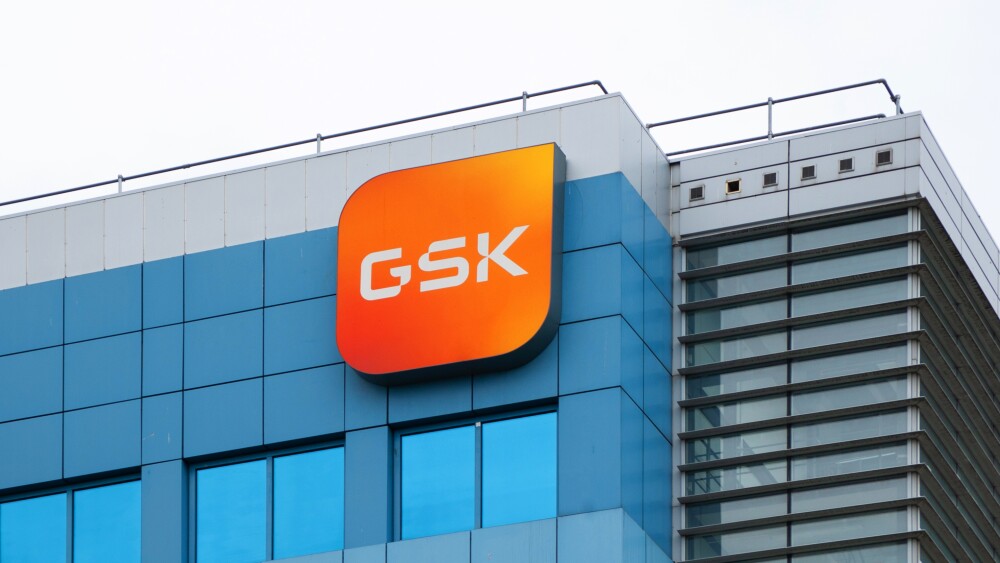The company is building a new facility in California, its third U.S.-based radioligand therapy production site, and expanding an Indianapolis site for producing isotopes for cancer treatment.
Novartis on Wednesday announced it has begun construction on two radioligand therapy manufacturing facilities in a bid to beef up supply of its products Pluvicto and Lutathera—and solidify its leadership in the targeted radiotherapy space. The company will invest over $200 million to fund these efforts, according to multiple media reports.
As part of the manufacturing push, the pharma will establish a new site in Carlsbad, California, which will be home to its third radioligand therapy (RLT) production facility in the U.S. The site will “support expanded use of RLTs, create resiliency in its manufacturing network and optimize the delivery of medicines to patients on the West Coast,” according to Novartis.
The company will also expand its footprint in Indiana, giving it greater in-house production capacity for radioisotopes used in RLTs.
“We are investing in our supply chain capabilities today to ensure that we are prepared to consistently deliver these complex treatments to the growing number of eligible patients in the long-term,” Victor Bultó, U.S. president of Novartis, said in a statement.
Novartis is a frontrunner in the RLT space and was the first pharma company to make these therapies available at scale, making targeted radiotherapies for cancer available for a wide variety of indications, according to Bultó.
Lutathera, which makes use of a lutetium-177 payload, was first approved in January 2018 for gastroenteropancreatic neuroendocrine tumors (GEP-NET). In April 2024, Lutathera won another approval, making it the first treatment specifically indicated for pediatric patients with GEP-NETs. The drug brought in more than $600 million in 2023, a 28% increase from the prior year.
Pluvicto also uses lutetium-177 and is indicated for metastatic castration-resistant prostate cancer patients who are positive for the PSMA protein. The drug was approved in March 2022 and is the first targeted RLT for advanced prostate cancer. In 2023, Pluvicto sales skyrocketed more than 260% to bring in $980 million.
Novartis is also working to expand Pluvicto’s prostate cancer indication, proposing the RLT as treatment for patients who have not yet undergone chemotherapy. Data from the Phase III PSMAfore study showed Pluvicto appears to improve overall survival in this patient subgroup.
In addition to Lutathera and Pluvicto, Novartis is working on several investigational RLTs, though most are still in early stages of development. Among its targets are breast cancer, pancreatic cancer and other solid tumors.






